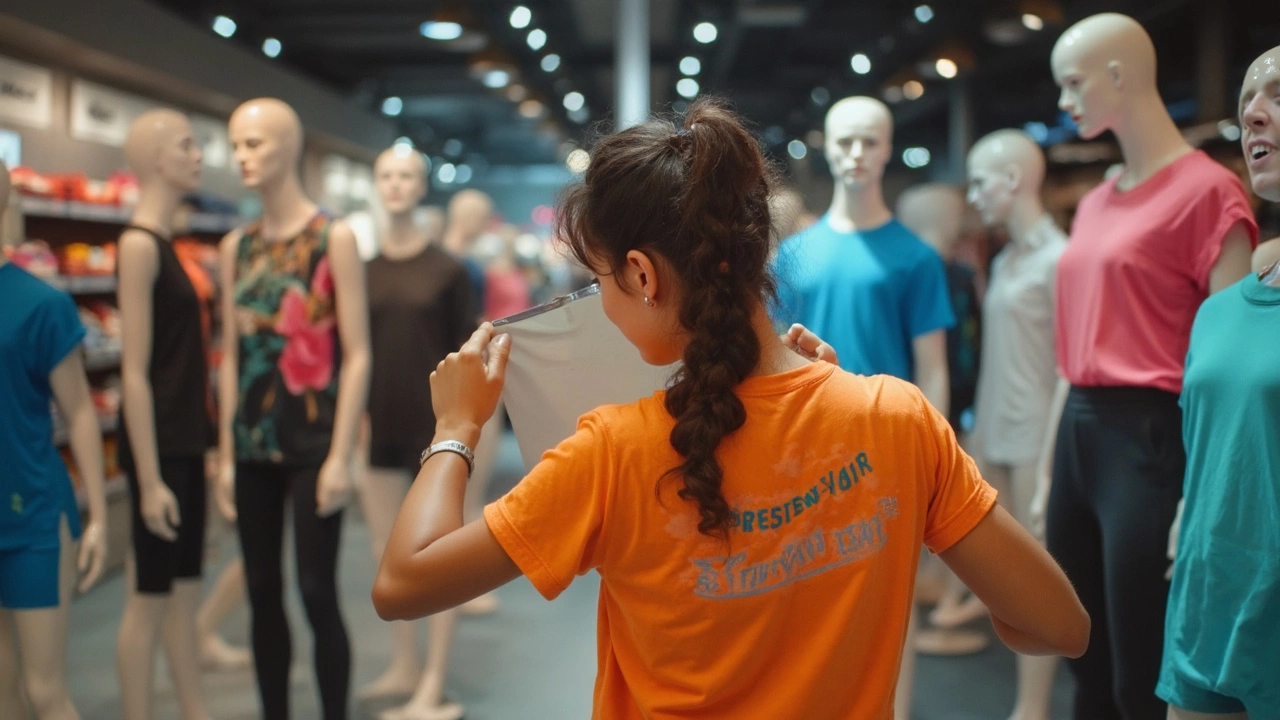Understanding the Difference: Why Small Changes Matter in Fashion
Ever notice how two outfits that look almost the same can feel totally different? That’s the power of the little details. In this guide we’ll break down the most common differences you’ll meet when you shop, store, or style clothing. Knowing what sets a premium coat apart from a budget version, or why a cheap hoodie feels less comfortable than a well‑made one, can save you time, money, and a lot of wardrobe frustration.
Fabric and Fit: The Core Differences
First up, fabric. A wool coat that’s brushed and lined will drape smoother than a thin synthetic blend. The same goes for hoodies – a thick cotton‑poly blend stays warm, while a lightweight polyester feels flimsy. When you compare two items, touch the material. Does it feel heavy in a good way? Does it have a slight give when you move? Those tiny sensations tell you a lot about durability and comfort.
Fit is the next big factor. A suit that follows the natural line of your shoulders looks sharp, while a one‑size‑fits‑all option will probably hang loose in the wrong places. The difference isn’t just about size; it’s about how the garment follows your body’s shape. A well‑tailored suit uses a higher‑grade wool that resists wrinkles, making you look polished all day.
Care and Longevity: When Difference Shows Up Over Time
How you store and care for pieces creates a visible difference after months or years. Folding a heavy coat can cause permanent creases, while hanging it on a wide shoulder board preserves its shape. Likewise, leather shoes age well if you clean and condition them regularly. Skip the upkeep and you’ll see cracks and dullness faster.
Even small habits matter. Rolling your hoodies for travel prevents major wrinkles, and using a garment bag for suits keeps dust away. These practices turn a short‑term purchase into a long‑term investment.
Finally, price isn’t always the deciding factor, but it often reflects hidden differences. An expensive suit usually has a tighter weave, better lining, and reinforced stitching. That’s why it drapes better and lasts longer. The cheap version may look similar at first glance, but it will develop sagging seams and lose its shape sooner.
By paying attention to these key differences – fabric quality, fit precision, storage method, and care routine – you’ll make smarter choices every time you shop. The next time you stand in front of two identical looking jackets, ask yourself: “What feels different?” Your answer will guide you toward the piece that truly works for you.
Use this mindset across the whole wardrobe. Whether you’re picking a pair of jeans, a hoodie, or a pair of shoes, the smallest variation can change the entire vibe. Spotting those differences helps you build a collection that looks good, feels comfortable, and lasts longer.

